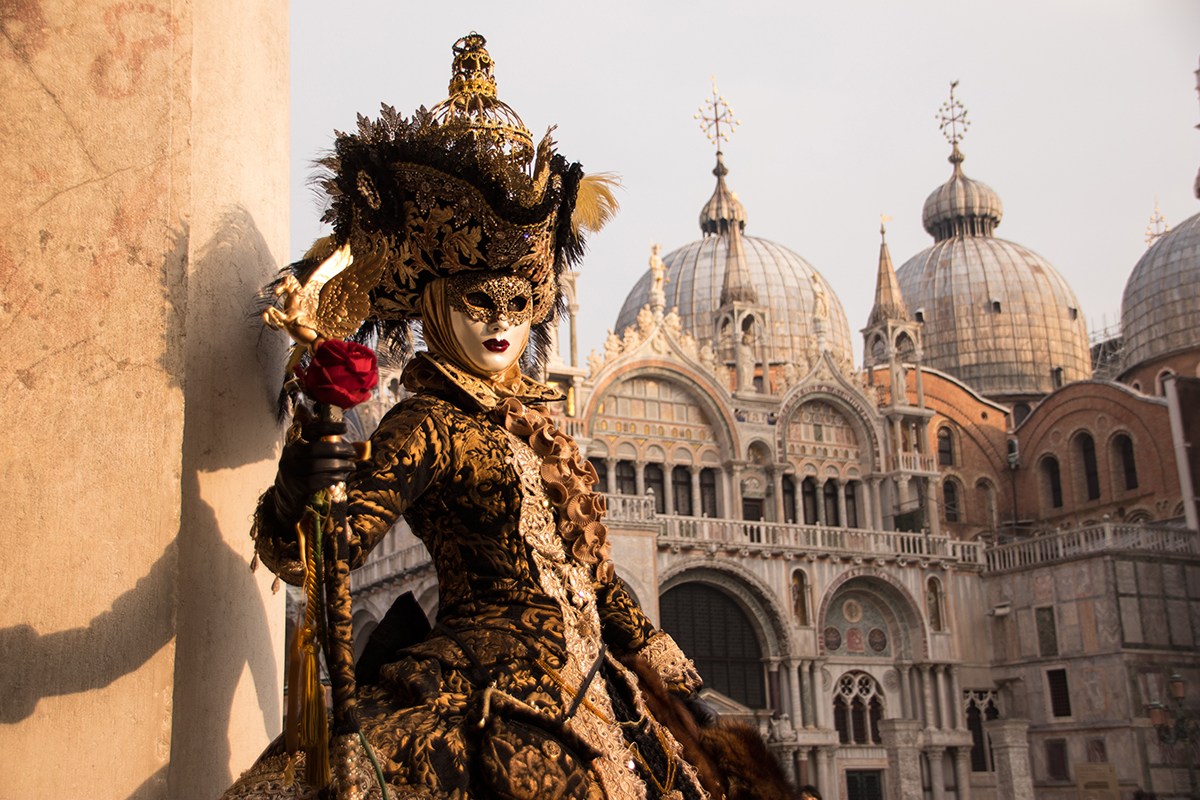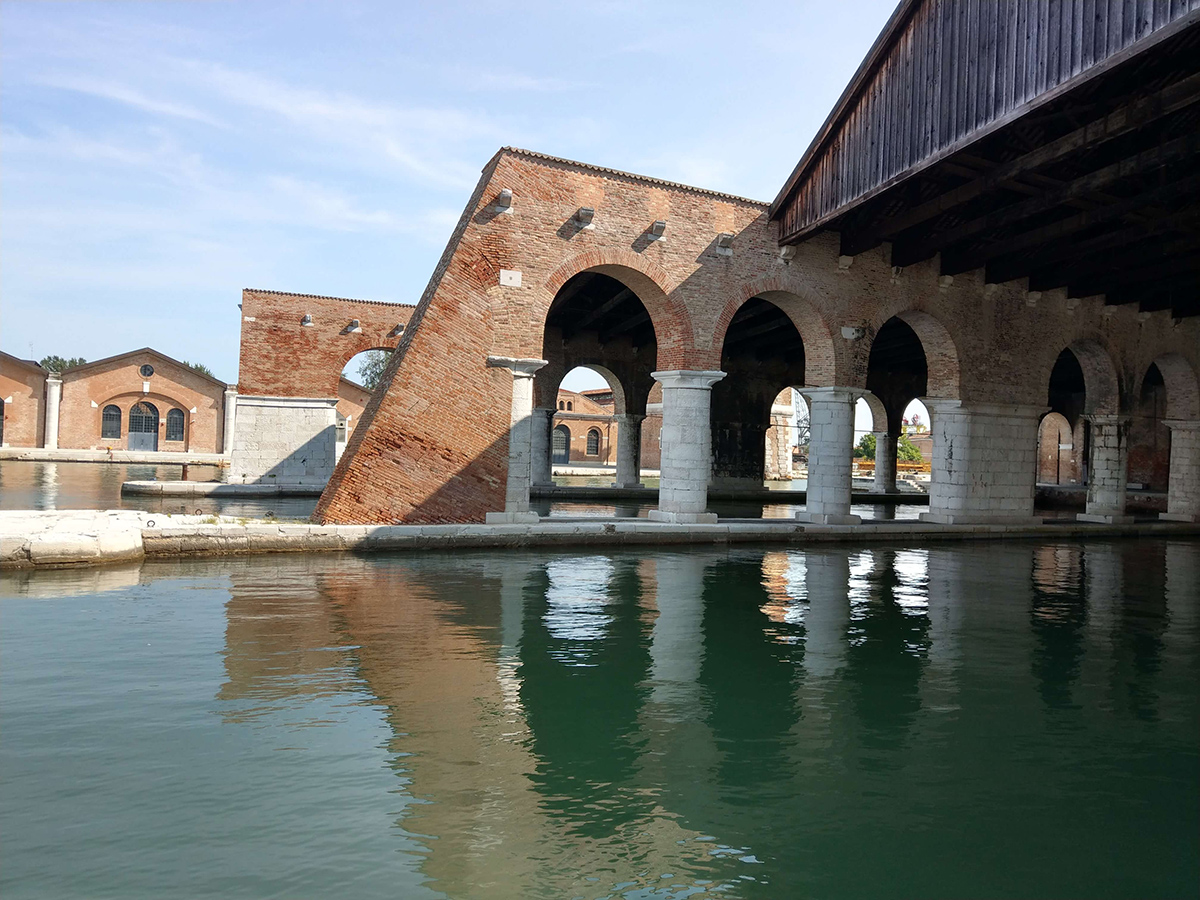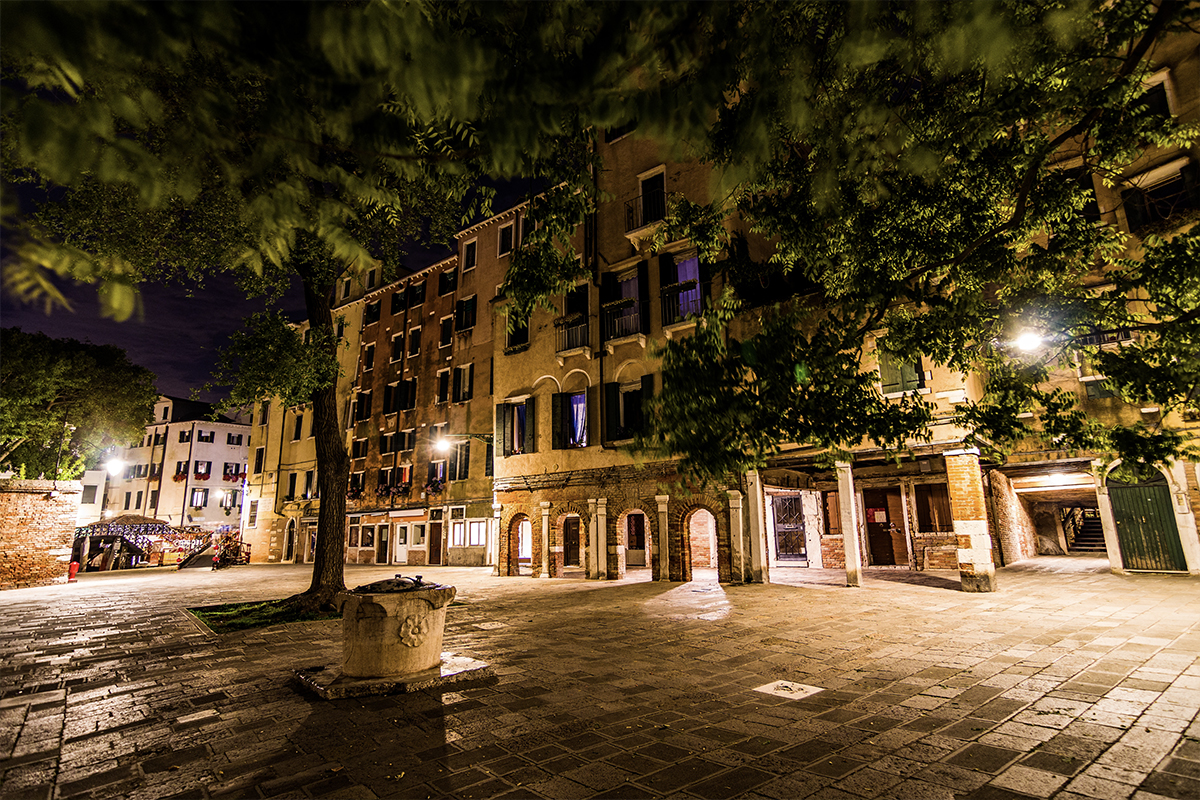
The Jewish Ghetto, the island within the island
by Martina B. Tagliapietra
Venice is ancient, and with its millennia-long history, it has captivated the world. It has a clear and indigenous history, intertwined with mysteries, legends, and hidden tales.
Between the 15thand 16th centuries, Venice became a city of foreigners; the streets echoed with different languages, and apart from nobles and citizens, the island centre was mostly populated by foreigners. Armenians, Germans, Greeks, Turks, and foremost among them, Jews. Their history, like the water in the canals, flows parallel to Venetian history, sometimes appearing in the names of alleys and squares, images, and stories.
For Jews, theirs is a story within the story.
In 1516, the “enclosure of the Jews” was established in the Castello district, a place where Jews were required to live, with a curfew at night. The chosen area was like a castle with drawbridges and walls that could be closed. The ghetto became an island within the island, leading a separate life from the city. It became crowded with people, and new professions began to emerge: the community of the yellow beret. Forbidden loves bloomed between Christians and Jews, leading to condemnations. This brought about their economic domination over the city; William Shakespeare immortalises the character of Shylock, the Jew from “The Merchant of Venice.”
The ghetto’s Venice is hidden, overcrowded, and confined; the history of Jews in Venice is a story of cautious and diffident looks, low ceilings, and bent backs. The Jews hide within their district, and the same applies to the synagogues, intentionally concealed in the squares around the ghetto.
There are three synagogues, recognisable by subtle hints: the German synagogue has five large arched windows, the Italian one is distinguished by a triangular pediment, while a wooden structure topped with a skylight indicates the Canton synagogue.
There’s no Venice more concealed than this, none more marginalised, none so well-preserved in its secrets.
Travel Journal
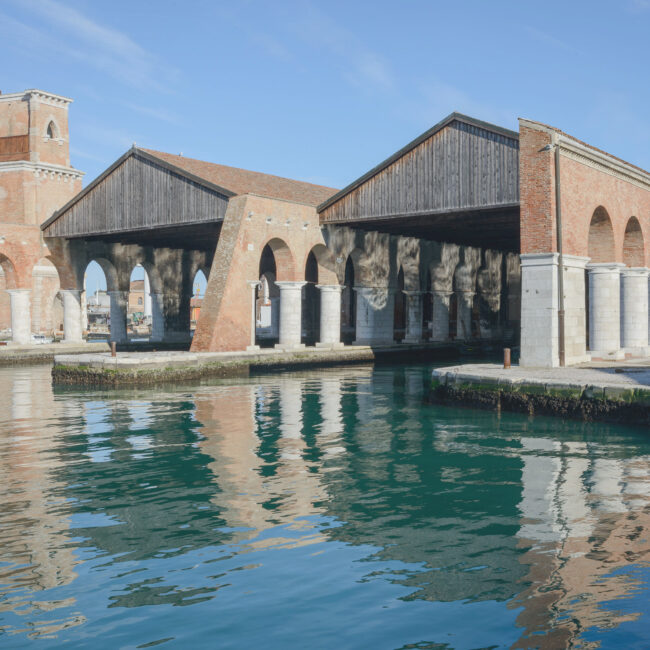
Arsenale
The Arsenale, which is located in Venice’s eastern end, is an ancient complex of shipyards and workshops that forms a large part of the city. Built in the 12th century, part of the complex is now used by the Biennale di Venezia for its contemporary art exhibitions.
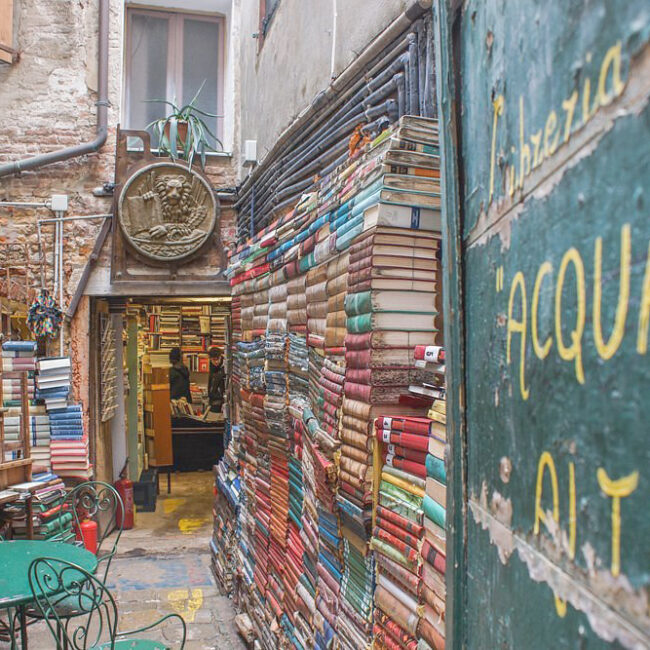
Libreria Acqua Alta
The Libreria Acqua Alta in Venice is a true gem on the island, considered one of the most beautiful bookshops in the world. The location is on calle lunga Santa Maria Formosa, not far from Campo Santi Giovanni e Paolo, and overlooks the canals with a staircase made of books.
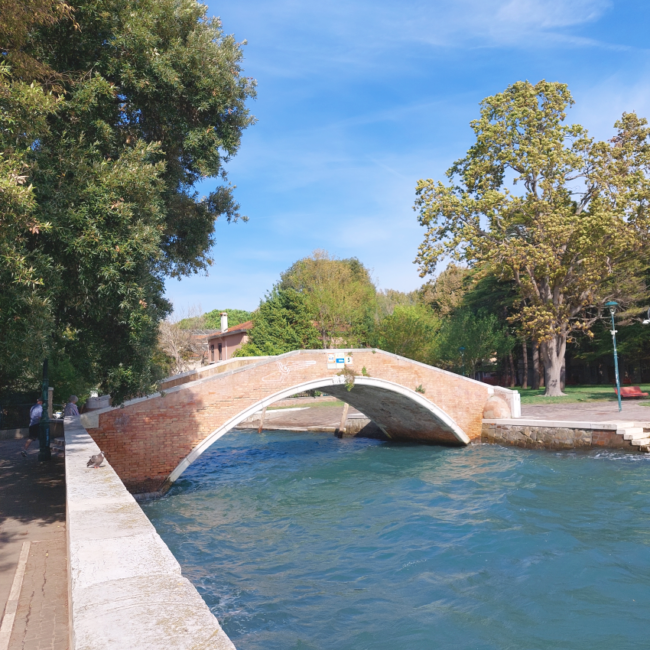
Sant’Elena
The eastern end of the island is where the district of Venice is named after the homonymous church. The urbanization is of recent origin and includes in its area the Pierluigi Penzo stadium, the park of the Remembrances, two docks and the military naval school Francesco Morosini.
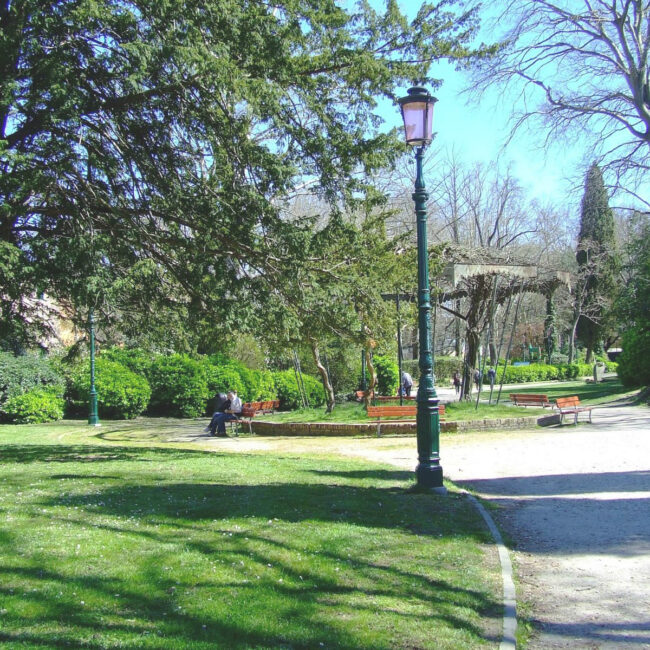
Giardini della Biennale
The Giardini della Biennale, or Giardini Napoleonici, are the largest public green space in Venice and are located in the Castello area. They are the headquarters of the international art exhibition in Venice organized here for pavilions.
Published by: Editor on 06/09/2023



